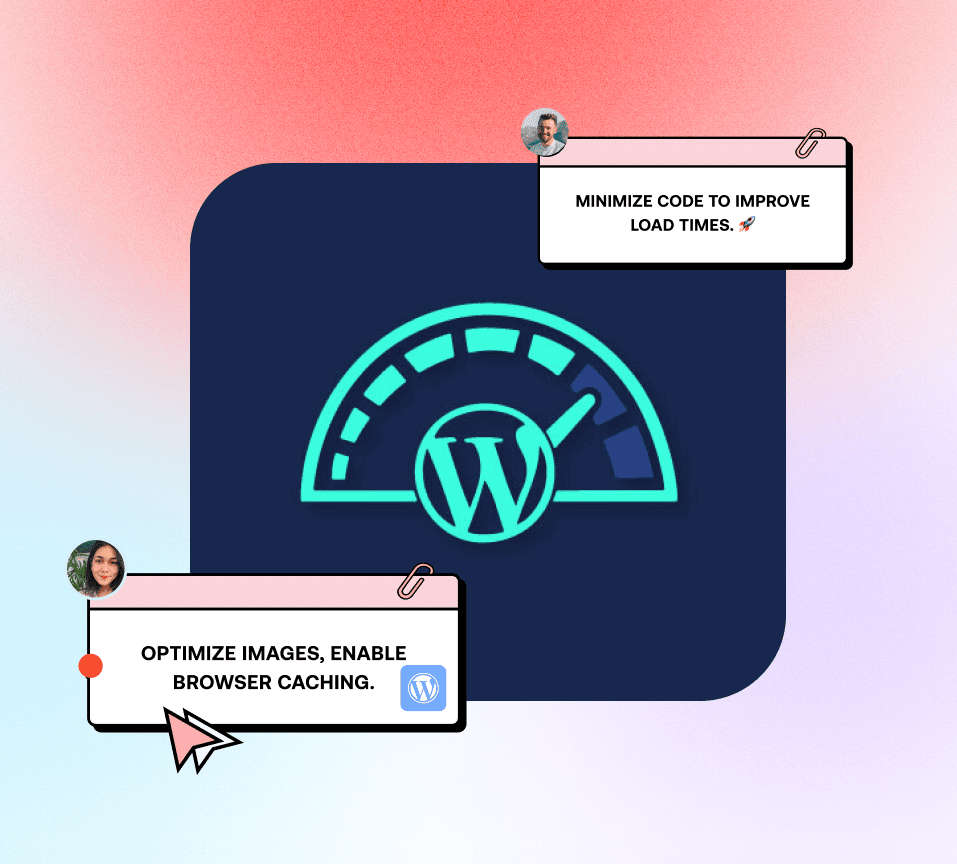Index Surge: Amplifying Your Insights
Stay updated with the latest trends and news across various industries.
Speedy Sites: Your Users Will Thank You
Boost your website speed and delight your users! Discover tips and tricks for creating lightning-fast sites that keep visitors coming back.
Top 5 Reasons Your Website Speed Impacts User Experience
When it comes to user experience, website speed plays a pivotal role in determining how visitors interact with your site. A faster loading time not only enhances user satisfaction but also reduces bounce rates. In fact, studies show that if a website takes longer than three seconds to load, nearly 40% of users will abandon it entirely. This means that investing in improving your site's performance can lead to increased engagement and conversions.
Moreover, website speed directly influences your search engine rankings. Search engines like Google prioritize fast-loading websites in their algorithms, so if your site lags, you're likely to see your visibility decline. This creates a double-edged sword: not only are you risking current visitor retention, but you're also affecting your potential to attract new users. To sum it up, optimizing your website's speed is crucial for maintaining a positive user experience and staying competitive in the digital landscape.

How to Optimize Your Website for Lightning-Fast Load Times
Optimizing your website for lightning-fast load times is crucial for enhancing user experience and improving your SEO rankings. One of the first steps is to minimize HTTP requests, as each element on a webpage—such as images, scripts, and stylesheets—requires a separate request to the server. You can achieve this by combining files, utilizing CSS sprites, and reducing the number of resources loaded on your site. Additionally, consider employing a Content Delivery Network (CDN) to distribute your content across various locations, ensuring faster delivery for users regardless of their geographical location.
Another fundamental aspect of website optimization is image optimization. Ensure that images are compressed without losing quality, as large files can significantly slow down load times. Tools like JPEGmini or ImageOptim can help in this process. Furthermore, leverage browser caching by setting appropriate expiry dates to allow returning visitors to load the page more quickly. Regularly audit your site's performance using tools like Google PageSpeed Insights to identify bottlenecks and continuously refine your approach to achieving that lightning-fast load time your users crave.
Is Your Website Slow? Discover the Hidden Costs of Poor Performance
In today’s digital landscape, website speed is more critical than ever. A slow website not only frustrates users but can also lead to increased bounce rates, meaning potential customers are likely to leave your site before it even fully loads. According to research, 40% of visitors abandon a site that takes more than three seconds to load. This means that if your website is sluggish, you could be missing out on significant traffic and revenue. Moreover, search engines like Google consider site speed as a ranking factor, which can further impact your visibility online.
Beyond losing visitors, the hidden costs of a slow website extend to decreased conversions and poor user experience. A delay of just one second can lead to a 7% reduction in conversions, which translates to lost sales opportunities. Additionally, a slow site can damage your brand's reputation, as frustrated users are likely to share their negative experiences on social media or through word-of-mouth. To sum it up, investing in a fast and responsive website is not merely a technical requirement; it is a crucial strategy for enhancing user satisfaction, improving search engine rankings, and ultimately, boosting your bottom line.